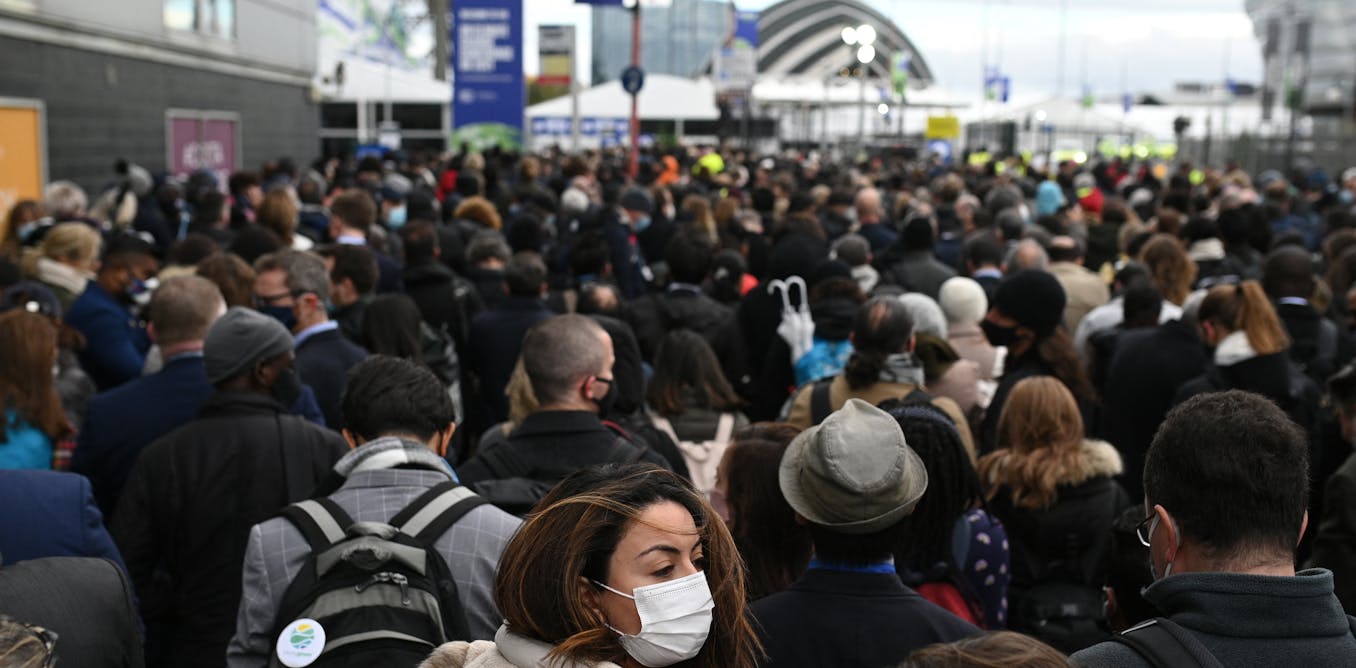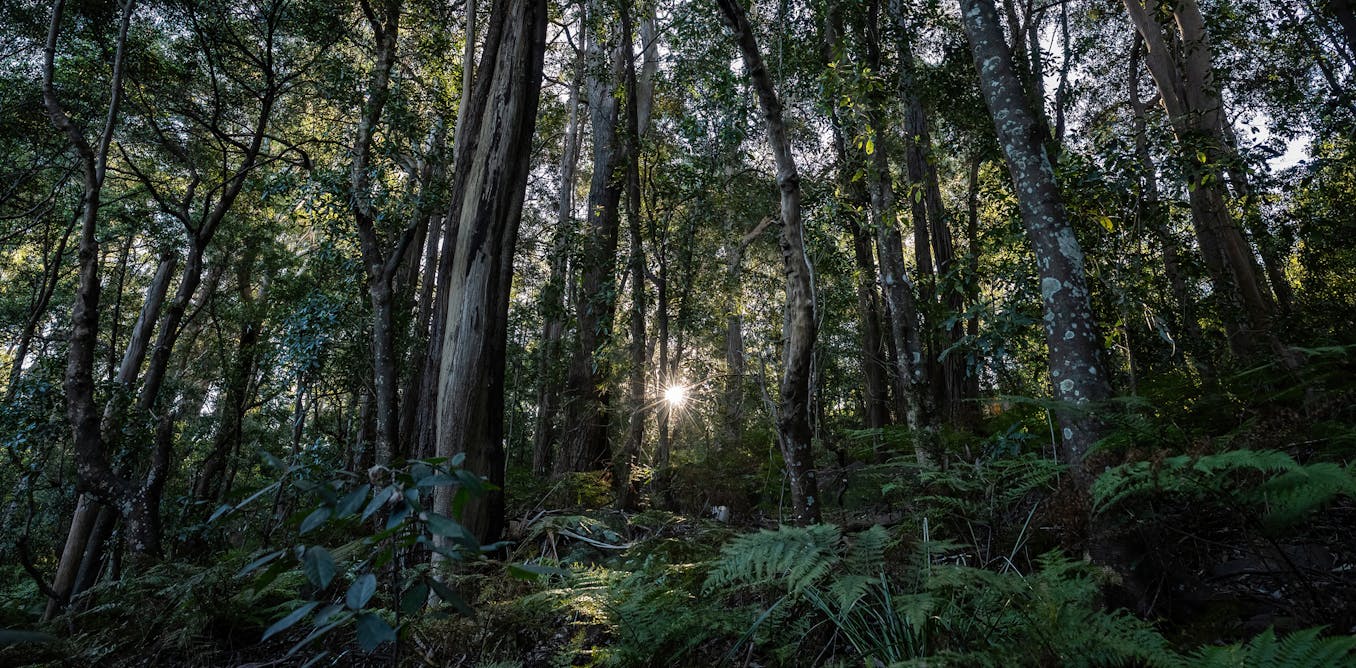One technique involves releasing particles of sulphur dioxide high up in the stratosphere. Another involves trying to brighten the clouds over the sea by spraying salt water off the back of ships. Both are potential methods of solar radiation modification (SRM), a type of solar geoengineering aimed at trying to reflect more sunlight away from Earth, thus helping to reverse the effects of global warming.
While SRM has attracted attention and investment in recent years, it remains a controversial – and some argue, dangerous – idea.
The Conversation Weekly podcast is running two episodes about geoengineering. In the first part, we heard from scientists working on different potential geoengineering technologies on why they believe they’re worth exploring. In this second episode, we hear the case against SRM from researchers pushing a non-use agreement for solar geoengineering, who explain why they’re so worried about this technology.
Chukwumerije Okereke is professor of global governance and public policy at the University of Bristol in the UK, and co-director of the Center for Climate Change and Development at Alex Ekwueme Federal University in Nigeria. In recent years, he’s become a prominent critic of solar geoengineering technologies:
I think they’re untested, they’re risky, and they run the risk of exacerbating the problem of climate change.
One of the big risks associated with solar geoengineering is that once a technology such as the release of sulphur dioxide into the stratosphere begins on a mass scale, if it’s then stopped, any cooling effect could be reversed. This is called “termination shock”.
Okereke is also concerned that companies will try to use Africa as a testing ground for SRM:
The idea that we want to use this to help Africa seems to me very disingenuous. If you want to help Africa, how about investing significantly in renewable energy technology? How about a transfer of proven technologies – wind and solar? How about scaling up climate finance for Africa? How about putting more money for loss and damage?
Mounting pushback
Okereke was among those who successfully mobilised against a proposal put forward at the UN Environment Assembly in Nairobi in February 2024, to create a working group to examine the benefits and risks of solar radiation modification. A group of African countries pushed back against the proposal, which was withdrawn. Okereke explains:
There is a slippery slope that is imagined where people will say ‘let’s just research the risks and benefits’ – and then in so doing, gradually legitimise the research and ultimately the testing and use of this technology.
Meanwhile, companies and researchers trying to pursue solar geoengineering experiments are meeting real-world resistance. Mexico banned solar engineering in 2023 after it emerged that a US start-up ran unauthorised experiments in Baja California.
In 2021, an attempt to test solar geoengineering technology in Sweden near the Arctic Circle was blocked by the Swedish government after opposition, including from Indigenous groups. The proposed test was under the umbrella of the Scopex project, led by two Harvard professors. In March 2024, Harvard announced this project was closing and the technology would be put to other uses.
Non-use agreement
In 2021, a group of academics got together to push for a global non-use agreement for solar geoengineering. One of those behind it is Aarti Gupta, professor of global environmental governance at Wageningen University in the Netherlands. Gupta argues that the complex governance arrangements needed to manage a planetary-scale intervention like solar geoengineering don’t exist yet:
It’s very difficult to envision what kind of governance arrangements would be both legitimate and effective but also stable across decades and centuries, and would allow for democratic decision-making.
Like Okereke, who is also a signatory of an open letter calling for the non-use agreement, Gupta is concerned solar geoengineering will be a dangerous distraction from reducing fossil fuel emissions:
Just keeping the SRM option on the table – researching it, funding it, talking about it – can have this effect of delaying the urgent decarbonisation that we need, the just transition to renewables … Every ton of carbon dioxide emitted while we’re talking about SRM is a huge problem, and that’s a risk we just simply cannot afford to take.
Listen to the full episode on The Conversation Weekly podcast, which also includes responses from Shaun Fitzgerald at the Centre for Climate Change at the University of Cambridge in the UK.
A transcript of this episode is available on Apple Podcasts.
This episode of The Conversation Weekly was written and produced by Mend Mariwany with assistance from Katie Flood. Sound design was by Eloise Stevens, and our theme music is by Neeta Sarl. Gemma Ware is the executive producer.
You can find us on Instagram at theconversationdotcom or via email. You can also subscribe to The Conversation’s free daily email here.
Listen to The Conversation Weekly via any of the apps listed above, download it directly via our RSS feed or find out how else to listen here.

The post “the risks and distractions of trying to reflect sunlight to cool the Earth – podcast” by Gemma Ware, Host, The Conversation Weekly Podcast, The Conversation was published on 08/30/2024 by theconversation.com



































Leave a Reply